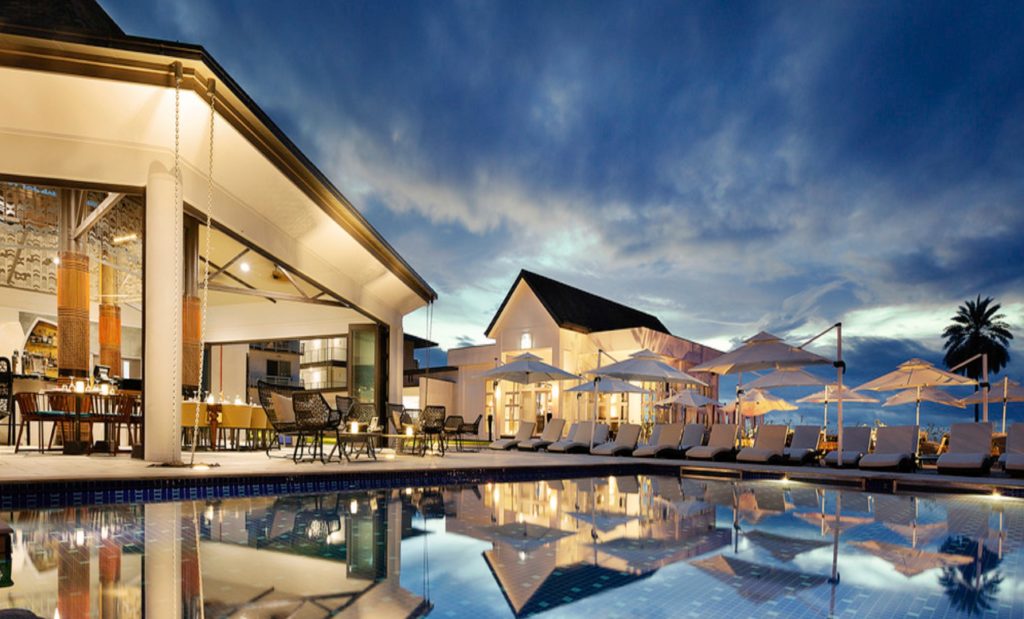for support
(888)123-4567
The COVID-19 pandemic has created enormous challenges for hospitality providers. For hoteliers in Asia, these circumstances are not entirely unprecedented. The industry has gone through two significant outbreaks - H1N1 in 2009, and more notably, SARS in 2003. Although these shocks are smaller in scale than COVID-19’s impact, studying how hoteliers responded to them can still give us valuable insights into best practices for a post-COVID-19 recovery.
Let’s look at some areas of focus employed by hotels in their recovery plans then, and see how they can apply to hotels today.
Planning Ahead
To survive and even thrive in a post-COVID-19 world, it is never too late for hotels to start planning ahead to ensure that they have contingency plans in place. Hoteliers used a range of strategies to pursue survival and recovery - some more successfully than others. There is a distinct trend behind the difference: Prioritising continuity planning instead of cost-cutting helped fast-track recovery for many. After the H1N1 outbreak, hoteliers that cultivated a loyal customer base, invested in marketing and focused on providing high-quality service and boosting hotel productivity. They performed significantly better than hotels that cut costs and quality measures. Similarly, hotels that reviewed their strategic plans frequently reported experiencing a less severe impact from SARS than hotels that did not. Planning ahead was crucial for recovery when it came to SARS and H1N1.
Raising Location Profile By Promoting It As A Safe Destination
In light of SARS, hotels that communicated the safety of their location and amenities were better positioned to recover. For example, hospitality and travel providers in the Niagara region who were already fragile after a decline in tourism as a result of 9/11, were hit with SARS in 2003. The industry moved to promote the local area as an attractive destination while emphasizing safety. They organized tours and channeled resources into marketing. These efforts helped hotels in the region to defray their losses and gradually climb back to pre-crisis numbers. Although SARS occurred under very different times, there are learning points that can be applied to COVID-19’s context. To rebuild trust, it is crucial for hospitality providers to prioritize and communicate dependable safety - reassuring guests about their wellbeing.
Implementing Better Safety Precautions and Checks
Hotels that made extra efforts to implement safety precautions also performed better post-crisis. Measures such as temperature checks and frequent sanitization became standard procedures during and after SARS. Considering COVID-19’s virality, safety measures today are more focused on social distancing and minimizing contact. Hotels are using automation with the help of AI to effectively and safely implement social distancing, which will ensure that guests have limited exposure to other people. Contactless check-in solutions such as GTRIIP are likely to become widespread following COVID-19. GTRIIP allows for remote check-ins and contactless room service, protecting guests and staff.
Conclusion
Despite being severely affected by outbreaks such as H1N1 and SARS, leading players in the hospitality industry were able to recover and retain customer confidence because of their proactive approach to planning ahead, ensuring safe operations, and communicating the importance of safety to their stakeholders. These time-tested strategies are vital in building a strong position for a post-COVID-19 recovery. GTRIIP is committed to making it easier for hotels to overcome this crisis and reopen safely.
To learn more about how GTRIIP’s solutions can help to ensure a safe environment for your hotel by reducing or eliminating contact, reach out to us here:https://www.gtriip.com/consult-with-us/